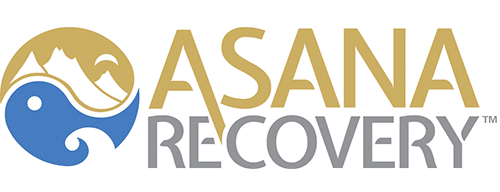Once dependence on a substance has formed, an attempt to stop using that substance will often result in withdrawal. The severity and length of the withdrawal depends on several factors, including the strength of the drug and the amount of time it has been used. Some drugs also remain in the body for varying lengths of time, which will have an impact on withdrawal. The symptoms can include anything from anxiety and nausea to seizures and death.
Some people may continue using their drug of choice simply because the thought of withdrawal is so daunting. Take heroin, for example. It’s highly addictive and has fairly severe withdrawal symptoms like diarrhea and vomiting, muscle and bone pain, and insomnia. Most symptoms will subside after a week has passed since the last dose, but some users exhibit signs for months. With benzodiazepines such as Xanax, Valium, and Ativan, withdrawal symptoms such as paranoia and heart palpitations can even last for years. Alcohol is the most widely abused substance in the U.S., and it also has the widest range of symptoms. Some people will only feel like they have a hangover, while others are at risk of coma or death. The key here is that these worst-case scenarios are for people attempting to go cold turkey without any professional assistance. A professional will set up a schedule to slowly taper off use and may prescribe other medications to dull the worst of the symptoms.
The first stage of withdrawal, known as the acute stage, generally lasts a few weeks. This is followed by the post-acute stage, where the physical indications will be lesser but emotional and psychological symptoms may become worse. Mood swings, tiredness, and an inability to concentrate are among the signs of post-acute withdrawal, which can last for up to two years. It’s important to remember at this stage to be patient, try not to get disappointed, and find ways to relax and take care of yourself.
People with severe withdrawal symptoms may need inpatient treatment to monitor both physical problems and psychological issues such as hallucinations. This can include anything from close monitoring to sedation until the worst has passed. For milder cases, the addict can stay at home but will still need someone available to watch them closely and offer support.
There are medications that can help ease the symptoms of withdrawal. Buprenorphine and methadone are both effective in easing symptoms and cravings from opiods. Naloxone can also be used to keep someone from using by causing precipitated withdrawal, or the rapid onset of severe symptoms, when it interacts with opiods.
Because withdrawal can be so dangerous, the best option is medical detox, where you can be supervised to ensure your safety. Asana Recovery has experienced professionals who can monitor and assist you in a safe, comfortable environment. We offer both prescription medications and nontraditional detox therapies. While detox is an important first step, it must be followed with additional treatment programs. At Asana Recovery, we have both inpatient and outpatient treatment to best meet your needs. Call us today at (949) 438-4504 to speak with one of our trained counselors.



